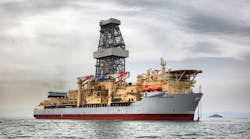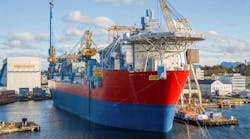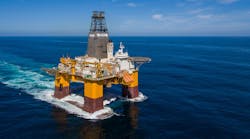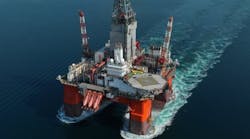Juan Carlos Alba
Senior Vice President
Ziff Energy, a division of HSB Solomon Associates LLC
Relative stability in oil pricing since 2008 has been accompanied by operating cost inflation that our analysis puts at 10% annually. Among the impacts of the resulting squeeze on margins: Some projects become more marginal economically; large operators have increasingly focused on fewer, higher-value properties; and there has begun a shift from the outward focus of opportunity capture toward a more inward focus on efficiency and cost control.
Operators must get a handle on retaining margins and controlling costs if the oil and gas business is to maintain its historical 10-12% returns and meet shareholder expectations for dividends and growth. Doing all this depends not on revolutionary change but on achieving incremental improvements. Wise operators are open to ideas and approaches that are successfully being used by others. They understand "our way" may not be the best way.
The industry's current situation comes after a post-2008 economic downturn and post-Macondo period during which oil prices have recovered and activity has dramatically increased. In pursuit of higher production, and facing competition for supply and services, less attention has been paid to negotiating lower cost arrangements. For some time there has been a seller's market, a fact not ignored by the services community, which has worked to recover some of the profitability it lost during the previous decade. These upward cost pressures have continued, so it is only natural there is currently added emphasis on getting more control of supply costs.
Gaining control begins with an evaluation of personnel-related costs. Many companies rapidly grew their staffing with the upturn in business post-2008, throwing significant personnel resources at key activities. Now, the focus is shifting from staffing up to more effectively and efficiently executing and pursuing existing opportunities with existing staff.
In the interest of preserving capacity utilization at individual offshore facilities, a number of operators are looking for opportunities to develop satellite fields and processing nearby production from other operators' subsea wells.
A few operators have announced wide-ranging portfolio restructurings, selling non-strategic assets, as they transition from unbridled opportunity capture and growth to focus more on efficiency with their core assets. One such operator was pursuing growth opportunities in more than two-dozen basins, but now is concentrating its capital spending on just five plays, all liquids-related. Other large operators have announced sizable layoffs and spinoffs of lower-margin businesses.
In reviewing data and trends from our benchmark studies of deepwater facilities, some key lessons learned have emerged:
- Many facilities are under-utilized, with oil and gas production rates 50% or more below design capacity
- Facility complexity impacts overall operating cost
- Improving fuel efficiency and reducing the use of fuel gas has a double benefit of reducing operating cost and increasing the revenue from gas sales (plus reduced emissions)
- Facility staffing practices vary widely for similar facilities
- Areas with lower-cost labor tend to have more staff, negating their low labor-cost advantage
- Unit cost is not necessarily directly correlated to facility age
- Production efficiency and reliability are keys to managing production losses.
Benchmarking study results show that most deepwater production facilities produce at rates below design capacity. Unlike most onshore facilities, deepwater facilities are not built incrementally and require large capital investments in construction of wells and large production facilities prior to initial production. Facilities are sized and often designed with limited reservoir data, produced fluid properties and well performance data.
Benchmark data indicates that many deepwater facilities are under-utilized with oil and gas production rates as much 50% below design capacity. It appears there is a tendency to build higher capacity facilities than necessary. Larger facilities may be justified given the uncertainties around reservoir performance and expansion plans. However, this does result in higher development capex, longer lead time, and higher fixed operating cost over the life of the field, and particularly in the long decline period.
Going forward, the industry will continue to search for opportunities in new-growth areas and within existing development basins. There will be continued focus on exploration and development in frontier basins offshore. With improvements in technology, distances are less of a challenge. So, some of the reaches of the world where 15 or 20 years ago there was little or no development – such as offshoreWest Africa – are having significant on-going development.
The challenges facing operators are many and well-established:
- State of the world's largest economies
- Political environment in theUnited States
- Coming change in employee demographics known as"the Big Crew Change"
- Increase in North American supplies from shale resource development
- More rigorous regulatory demands (post-Macondo)
- Reduced influence on world markets of some producing countries (OPEC).
In the midst of all these challenges, the bottom line is this: operators must get a handle on retaining margins and controlling costs. Doing so does not require revolutionary change; it requires identifying and achieving incremental improvements that can be found when operators compare their performance to peers.
This page reflects viewpoints on the political, economic, cultural, technological, and environmental issues that shape the future of the petroleum industry.Offshore Magazine invites you to share your thoughts. Email your Beyond the Horizon manuscript to David Paganie at [email protected].




